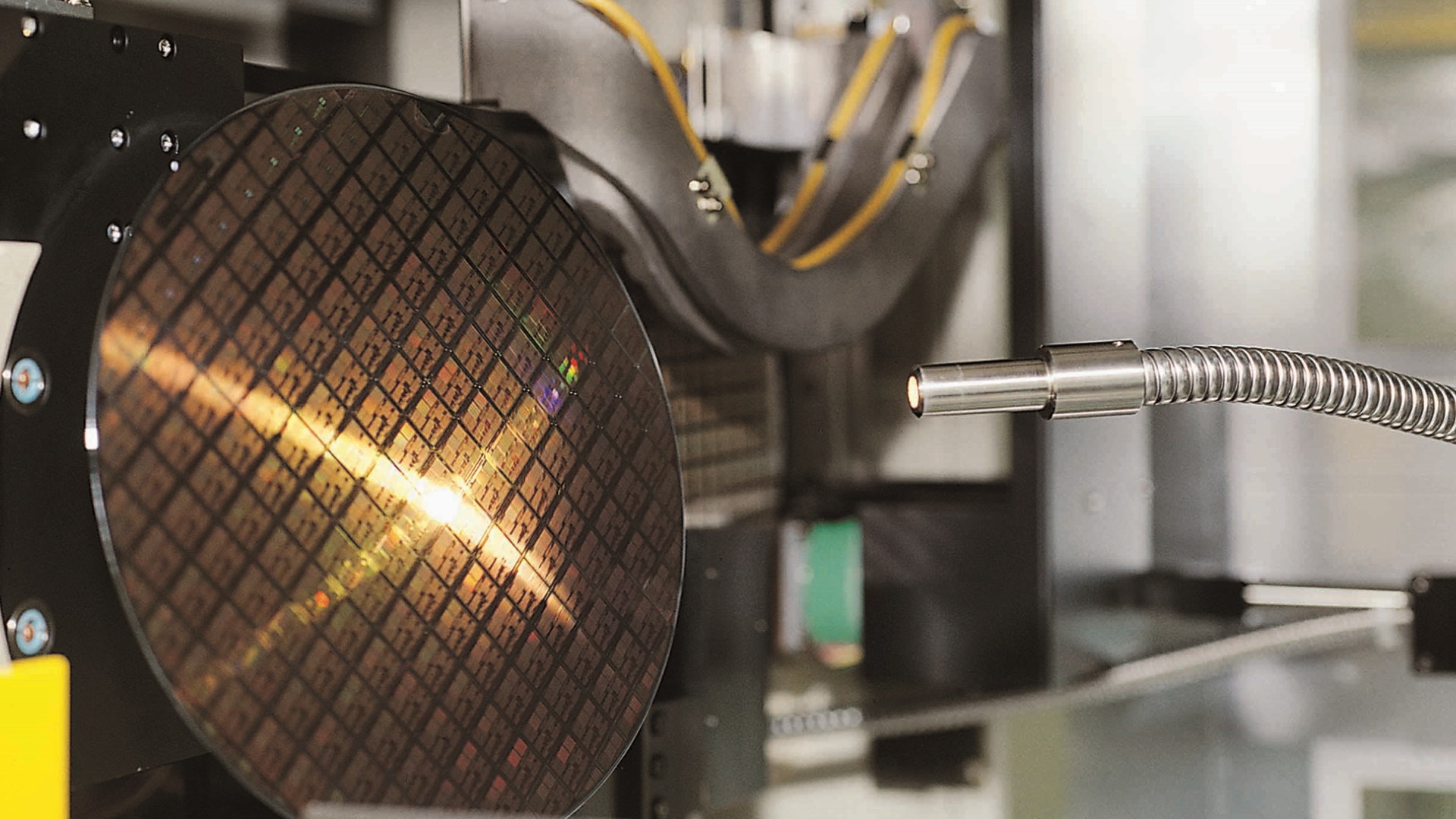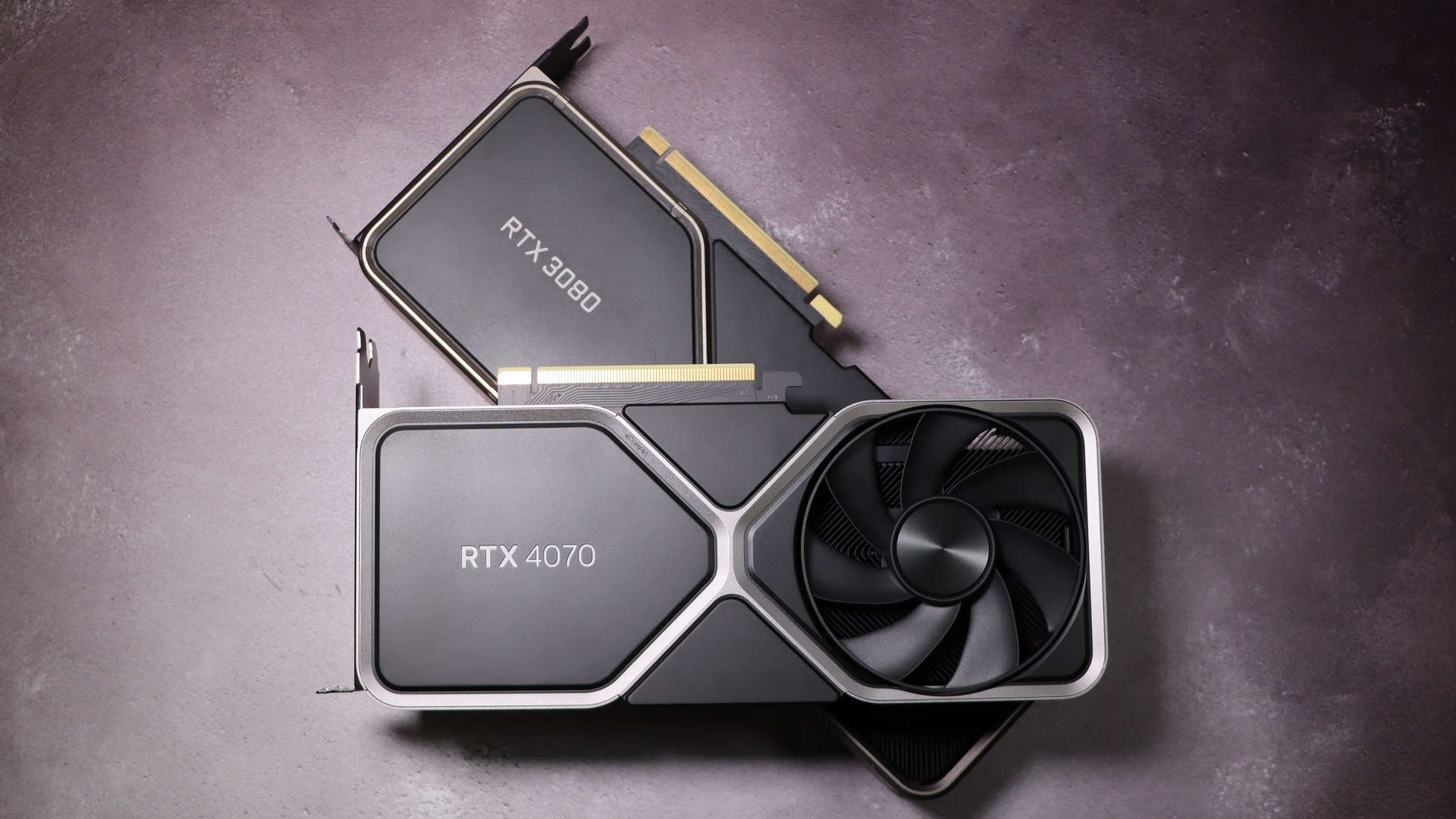TSMC looks set to hit Intel where it hurts, announcing its A16 node with 'Super Power Rail' backside power delivery
The battle of the backsides. At least, that's what I'm calling it in my head.

While Intel has been busy making bets on its 18A node as part of its accelerated roadmap towards chip making dominance, TSMC appears to have been beavering away in the background to undercut it.
It's just announced its own "angstrom-class" process, A16, which thanks to its backside power delivery implementation looks set to not only offer significantly improved performance compared to its upcoming NP2 process, but also improve energy efficiency, too. Intel has its own competing backside power delivery tech, PowerVia. While Intel says it will begin producing chips on 18A next year, it doesn't expect to start producing large volumes of chips on the 18A node until 2027.
TSMC says that chips built on the new A16 process will provide an 8-10% speed improvement over N2P at the same voltage, with a 15-20% power reduction at the same speed and up to a 1.10X chip density improvement for data centre products. The company aims to begin production on chips using the tech in 2026.
The A16 process will make use of gate-all-around (GAAFET) nanosheet transistors alongside a backside power rail method called "Super Power Rail", which should not only improve power delivery but also increase transistor density (via Anandtech). Not only that, but TSMC has also indicated that it won't be using ASML's High NA EUV photolithography machines, which strikes as a bit of a "yah boo sucks to be you" given that Intel's been proudly showing off its new machine very recently.
So, it seems like TSMC has reason to be rather pleased with itself. While Intel has been busy securing billions in CHIPS act subsidies in an effort to ensure it can keep up with the developmental pace, TSMC appears to have been creating a new ultra high-tech node of its own, and it looks set to hit Intel right where it hurts. TSMC has already reported strong profits in the first quarter of this year, while Intel has recently reported that its foundry service was running with operating losses of $7 billion in 2023, which seems to indicate that a changing of the guard in regards to chip making dominance seems a long way off.

Best CPU for gaming: The top chips from Intel and AMD.
Best gaming motherboard: The right boards.
Best graphics card: Your perfect pixel-pusher awaits.
Best SSD for gaming: Get into the game ahead of the rest.
It's a difficult game, the chip manufacturing business, and this new node announcement is unlikely to raise Intel's spirits in regards to its future plans.
Now then, we've all had a drink. Let's just agree that we all want some faster, more efficient silicon with better power efficiency, and that there's plenty of room for everyone in the harmonious world of tech. No? Well then, the battle for dominance continues, I guess, and while TSMC continues to have a much stronger hand, we'll be waiting with baited breath to see who swings next.
Keep up to date with the most important stories and the best deals, as picked by the PC Gamer team.

Andy built his first gaming PC at the tender age of 12, when IDE cables were a thing and high resolution wasn't—and he hasn't stopped since. Now working as a hardware writer for PC Gamer, Andy spends his time jumping around the world attending product launches and trade shows, all the while reviewing every bit of PC gaming hardware he can get his hands on. You name it, if it's interesting hardware he'll write words about it, with opinions and everything.

